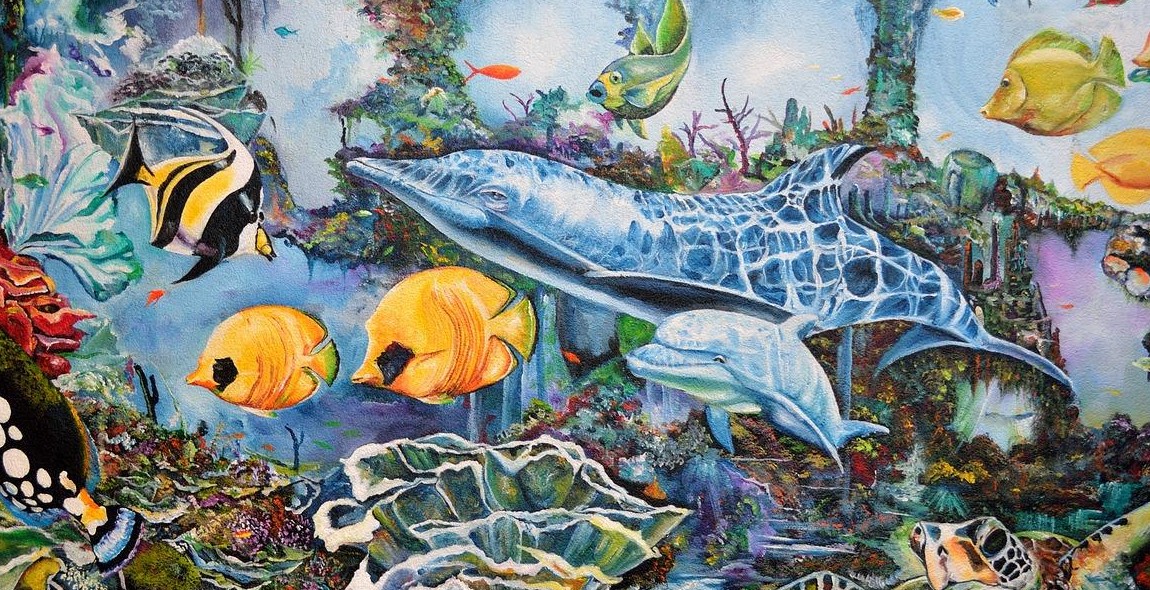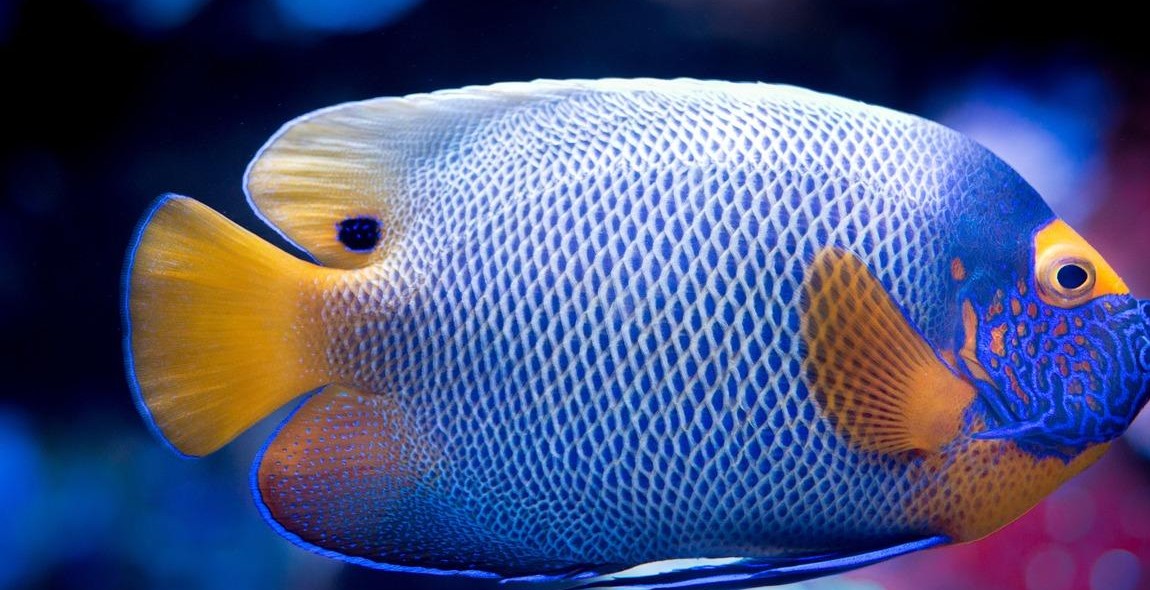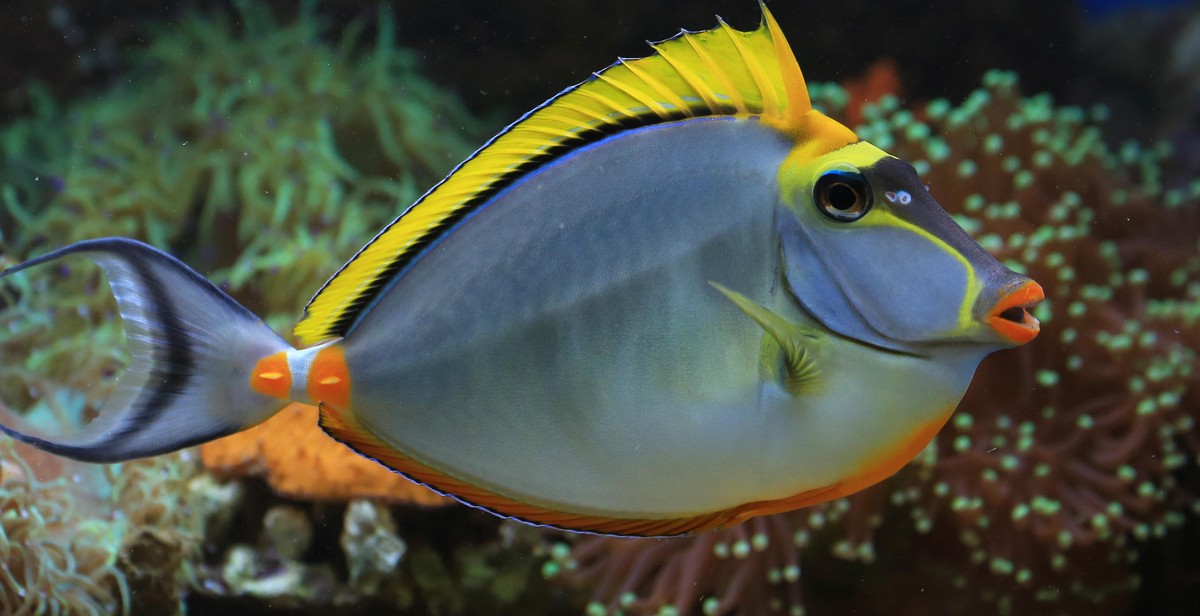How to Set Up an Aquarium for Tropical Fish: Equipment, Decorations, and Maintenance
As a professional article writer and content creator with years of experience, I have set up and maintained numerous aquariums for tropical fish. I can confidently say that it is one of the most rewarding and fulfilling hobbies out there. Not only do aquariums add a beautiful visual element to any room, but they also provide a calming and relaxing atmosphere. However, setting up an aquarium for tropical fish requires some careful planning and preparation.
Equipment
Before you start setting up your aquarium, you need to ensure you have all the necessary equipment. This includes a tank, filter, heater, lights, substrate, and decorations. It is important to choose the right size tank for the number and size of fish you plan to keep, and to invest in a high-quality filter and heater to maintain a healthy environment for your fish.
Decorations
Decorations not only make your aquarium look beautiful, but they also provide hiding places for your fish and help create a natural environment. When choosing decorations, consider the type of fish you plan to keep and their natural habitat. Live plants are also a great addition to any aquarium as they help maintain water quality and provide oxygen for your fish.
Maintenance
Maintaining a healthy environment for your fish requires regular maintenance. This includes cleaning the tank, monitoring water quality, and performing water changes. It is important to establish a routine maintenance schedule to ensure the health and well-being of your fish.
In this article, I will provide a detailed guide on how to set up an aquarium for tropical fish, including equipment, decorations, and maintenance tips.

Choosing the Right Equipment
Setting up an aquarium for tropical fish requires the right equipment to ensure the health and well-being of your fish. Here are some essential items to consider when selecting equipment:
Tank Size and Shape
The size and shape of your tank will depend on the number and type of fish you plan to keep. A larger tank will provide more swimming space and allow for a greater variety of fish. The shape of the tank can also impact the behavior of the fish. For example, tall tanks are ideal for fish that like to swim vertically, while longer tanks are better for fish that swim horizontally.
Filtration System
A good filtration system is essential for maintaining a healthy aquarium. It helps to remove debris, excess food, and waste from the water, preventing the buildup of harmful bacteria. There are three main types of filtration systems: mechanical, biological, and chemical. Mechanical filters remove debris and waste, biological filters use bacteria to break down harmful substances, and chemical filters remove impurities from the water.
Heater
Most tropical fish require a consistent water temperature of around 75-80°F. A heater is necessary to maintain a stable temperature, especially if your home’s ambient temperature fluctuates. Look for a heater that is appropriate for the size of your tank and has a built-in thermostat to regulate the temperature.
Thermometer
A thermometer is a must-have for monitoring the water temperature in your aquarium. There are several types of thermometers available, including stick-on, digital, and glass. Choose one that is accurate and easy to read, and place it in a visible location in your tank.
| Equipment | Importance |
|---|---|
| Tank Size and Shape | Provides swimming space and impacts fish behavior |
| Filtration System | Removes debris, excess food, and waste from water |
| Heater | Maintains consistent water temperature |
| Thermometer | Monitors water temperature |

Decorating Your Aquarium
Decorating your aquarium is not only important for aesthetics but also for the health and well-being of your tropical fish. Here are some essential decorations to consider:
Substrate
The substrate is the material that covers the bottom of your aquarium. It not only enhances the appearance of your tank but also provides a surface for beneficial bacteria to grow. Choose a substrate that is appropriate for your fish and plants. For example, sand is great for bottom-dwelling fish like catfish, while gravel is suitable for most fish species.
Plants
Live plants not only add visual appeal to your aquarium but also provide oxygen and help regulate the water quality. There are many types of aquatic plants to choose from, such as java fern, anubias, and amazon sword. Make sure to research the specific needs of each plant to ensure they thrive in your tank.
Rocks and Driftwood
Rocks and driftwood can provide hiding places and territories for your fish. They also add natural-looking features to your tank. When selecting rocks, make sure they are aquarium-safe and won’t affect the pH of your water. Driftwood should be soaked and cured before adding to your aquarium to prevent discoloration and leaching of tannins.
Caves and Hiding Places
Caves and hiding places are essential for fish that like to hide or seek shelter, such as cichlids and bettas. You can create caves by stacking rocks or using terracotta pots. PVC pipes can also be used as hiding places, but make sure they are aquarium-safe and do not contain any toxic materials.
| Substrate | Plants | Rocks and Driftwood | Caves and Hiding Places |
|---|---|---|---|
| Sand | Java Fern | Aquarium-safe Rocks | Terracotta Pots |
| Gravel | Anubias | Driftwood | PVC Pipes |
Overall, decorating your aquarium is an important part of creating a healthy and visually appealing environment for your tropical fish. Consider the needs of your fish and plants when selecting decorations, and always ensure that any materials you add to your tank are safe and won’t harm your aquatic pets.

Adding Fish to Your Aquarium
Now that you have set up your aquarium and it is fully cycled, it is time to add some fish to your tank. Here are some important steps to follow:
Acclimating Your Fish
Acclimating your fish to your aquarium is a crucial step to ensure that they do not suffer from shock or stress. To acclimate your fish, follow these steps:
- Float the bag containing your fish in the aquarium for about 15 minutes. This will allow the temperature of the water in the bag to adjust to the temperature of the water in the tank.
- After 15 minutes, open the bag and add a cup of water from your aquarium to the bag every five minutes for about 30 minutes. This will help your fish adjust to the water chemistry of your tank.
- Using a net, gently transfer your fish from the bag to the aquarium. Do not add the water from the bag to your tank as it may contain harmful bacteria.
Choosing the Right Fish
When choosing fish for your aquarium, it is important to consider the compatibility of different species. Some fish may not get along with each other or may require specific water conditions. Research the fish you are interested in and make sure they are compatible with each other and the environment in your tank.
Introducing the Fish to the Tank
When introducing your fish to the tank, it is important to do it slowly. Start with just a few fish and gradually add more over time. Overcrowding your tank can lead to stress and poor water quality. Also, make sure to monitor your fish for any signs of stress or illness.
| Signs of Stress or Illness in Fish | Action to Take |
|---|---|
| Loss of appetite | Monitor fish and check water parameters |
| Swimming erratically or gasping at the surface | Check water parameters and make adjustments as needed |
| Clamped fins or spots on the body | Isolate affected fish and treat with medication if necessary |
By following these steps, you can successfully add fish to your aquarium and create a beautiful and healthy underwater environment for your tropical fish.

Maintaining Your Aquarium
Setting up your aquarium is just the first step in creating a thriving underwater ecosystem for your tropical fish. Proper maintenance is essential to keep your fish healthy and happy. Here are some key tasks you need to perform regularly:
Water Changes
Regular water changes are crucial to maintaining good water quality in your aquarium. You should change approximately 10-20% of the water every week. This will help to remove any build-up of waste and toxins, which can be harmful to your fish.
When performing a water change, make sure to use a dechlorinator to remove any harmful chemicals in tap water. You should also vacuum the substrate to remove any uneaten food or debris that has settled on the bottom of the tank.
Cleaning the Tank
Regular cleaning of your aquarium is essential to keep it looking great and to prevent the build-up of harmful bacteria or algae. You should clean the glass, decorations, and filter every two weeks.
When cleaning the glass, use a special aquarium scraper to avoid scratching the surface. You can also use an algae magnet to clean the inside of the glass without getting your hands wet.
Testing the Water Quality
Testing the water quality in your aquarium is essential to ensure the health of your fish. You should test the water every week for pH, ammonia, nitrite, and nitrate levels. You can use a water testing kit to check these levels and make any necessary adjustments to keep them within the optimal range.
Feeding Your Fish
Proper feeding is essential to keep your fish healthy and happy. You should feed your fish a varied diet of high-quality flakes or pellets, supplemented with occasional treats such as frozen or live foods.
Make sure to feed your fish only as much as they can eat in a few minutes. Overfeeding can lead to health problems and poor water quality.
| Task | Frequency |
|---|---|
| Water Changes | 10-20% per week |
| Cleaning the Tank | Every two weeks |
| Testing the Water Quality | Weekly |
| Feeding Your Fish | 2-3 times per day |

Conclusion
Setting up an aquarium for tropical fish can be a rewarding experience for both beginners and experienced fish keepers. With the right equipment, decorations, and maintenance, you can create a beautiful and healthy environment for your fish to thrive in.
Equipment
- Choose a tank size appropriate for the number and size of fish you plan to keep.
- Invest in a good quality filter to keep the water clean and healthy.
- Heaters are essential for tropical fish to maintain their optimal temperature.
- Use a thermometer to monitor the water temperature and make adjustments as needed.
Decorations
- Provide plenty of hiding places and swimming areas for your fish with rocks, plants, and ornaments.
- Choose decorations that are safe for your fish and won’t harm them.
- Consider the aesthetic appeal of your aquarium when selecting decorations.
Maintenance
- Regularly test the water parameters to ensure they are within safe levels for your fish.
- Perform regular water changes to remove any excess waste and maintain water quality.
- Clean the tank and decorations regularly to prevent the buildup of harmful bacteria.
By following these tips and guidelines, you can create a beautiful and healthy aquarium for your tropical fish to thrive in. Remember to always do your research and consult with a professional if you have any questions or concerns.
